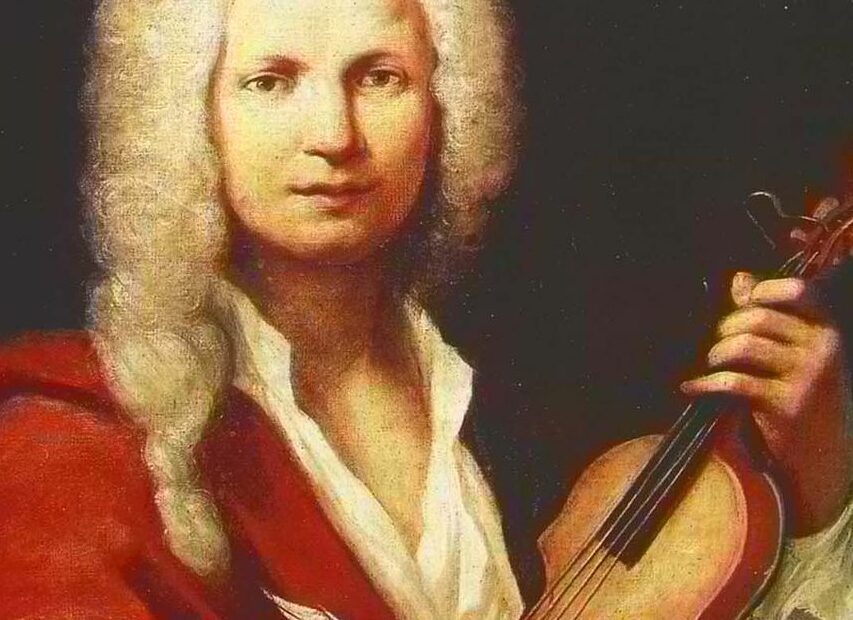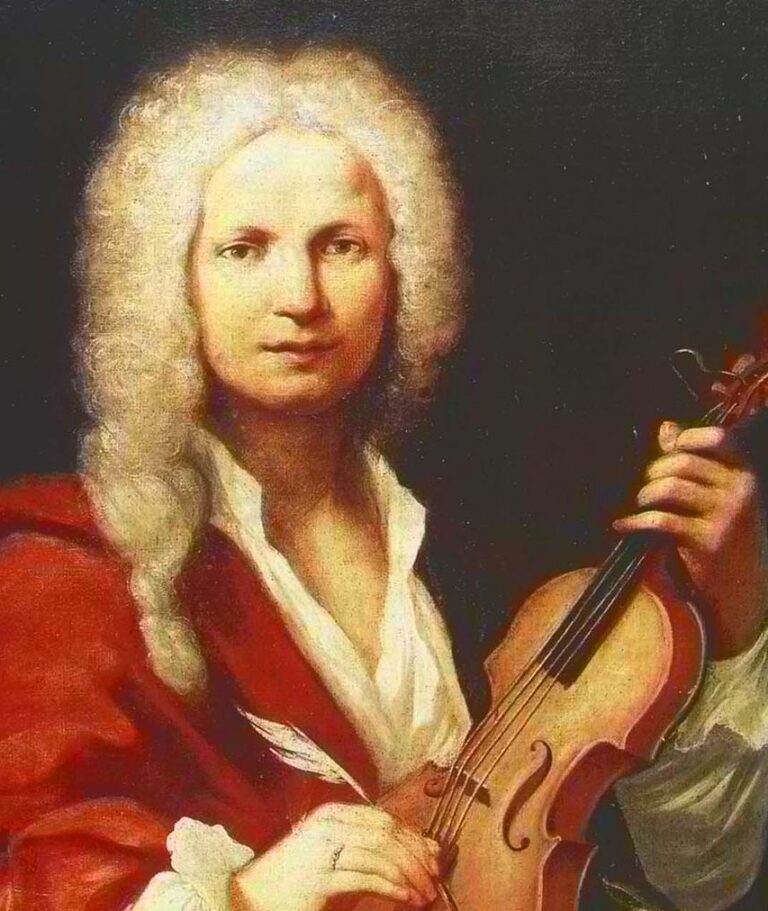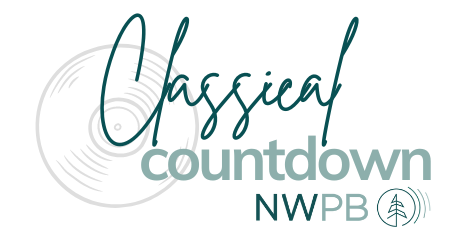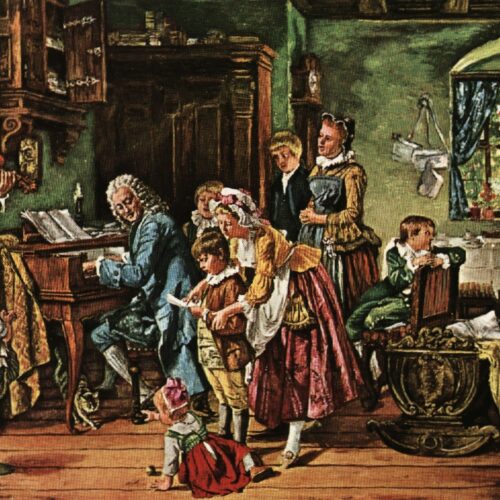
Spring Music Moment: Vivaldi

Vivaldi’s “Spring” – one of the most recognizable, best loved works in the world and one of the best ways to celebrate the season.
Vivaldi penned his famous quartet of concertos, The Four Seasons or Le quattro stagioni, between the late 1710’s and early 1720s. Each concerto includes an accompanying sonnet of unknown origin (a classic case of “which came first – the sonnets of the concertos?”). The first lines of “Spring’s” sonnet perfectly encapsulate what’s ahead, musically speaking: “Springtime is upon us. The birds celebrate her return with festive song, and murmuring streams are softly caressed by the breezes.” The first of Vivaldi’s Four Seasons concertos not only invites us to imagine birds singing in a crisp, clear morning, but depicts a rolling spring thunderstorm and a festive dance in the country.
Since the early 18th century premiere of this 10-minute concerto, the world hasn’t just...left it alone. Oh no – composers, arrangers and musicians through the ages have positively worked their magic with Vivaldi’s Spring.
Johann Sebastian Bach got his hands on Vivaldi’s Spring the year after it premiered, and borrowed it for his Cantata “Who knows how near to me my end?” In the mid 18th century. Michael Corette combined Vivaldi’s “Spring” with a musical setting of Psalm 116 music in his Laudate Dominum de Coelis. And from there, “Spring” specifically has been arranged for all sorts of instruments – flute, Hurdy Gurdy, the Japanese Koto, surf guitar, accordion, traditional Chinese instruments, computer –Tafelmusik even featured Vivaldi’s concertos for Chinese pipa, Indian sarangi and Inuit throat-singing.
Like many baroque masterpieces, Vivaldi’s Four Seasons fell out of fashion soon after the composer’s death only to see a surge of popularity in the 19th century. They received their first commercial recording in 1942 and gained their ubiquity after World War II. Artists have traveled to the far ends of creativity with Vivaldi, taking Spring to places the composer could have never imagined. The Symphonic-metal band the Vivaldi Metal Project focused on the four seasons for their first release. The Taiwanese band Sodagreen based several songs on Vivaldi’s Four Seasons and the internet is rife with techno, EDM and Dubstep covers of “Spring.”
Like many baroque masterpieces, Vivaldi’s Four Seasons fell out of popularity only to see a surge of popularity in the 20th century. They received their first commercial recording in 1942 and gained their ubiquity after World War II.
Because the world has fancied Vivaldi’s “Spring” for so long, we have an incredible amount of Vivaldi to love.
Celebrate the season here on Northwest Public Broadcasting, with Vivaldi and beyond.
Related Stories:

Dedicate Classical Music To A Special Someone This Valentine’s Day
Music can express and inspire so many emotions. That makes it a perfect way–a “heartfelt” way–for you to show your love and appreciation to someone who plays an important role in your life.

Vote For Your Favorite Music In NWPB’s Classical Countdown
What is your favorite symphonic movie score? Your favorite aria or overture? Whether it’s a well-known composition by Bach or Beethoven, or a hidden gem by a lesser-known composer, NWPB wants to know what pieces resonate with you.

Women’s History Music Moment: Bach’s Daughters
You’ve heard so much about the sons of Johann Sebastian Bach, but there were daughters, too.
Bach was 23, and his wife Maria Barbara was 24, when the first of their children was born. They named her Catherina Dorothea. CD grew into a singer, and helped out in her father’s music work. Fifteen years passed, her mother died, her father remarried, and finally, CD Bach acquired a sister: Cristina Sophia Henrietta, daughter of Johann Sebastian and Anna Magdalena Bach. CSH died at the age of three, just as another sister, Elizabeth Juliana Frederica, was born. EJF Bach would grow up to marry one of her father’s students.















